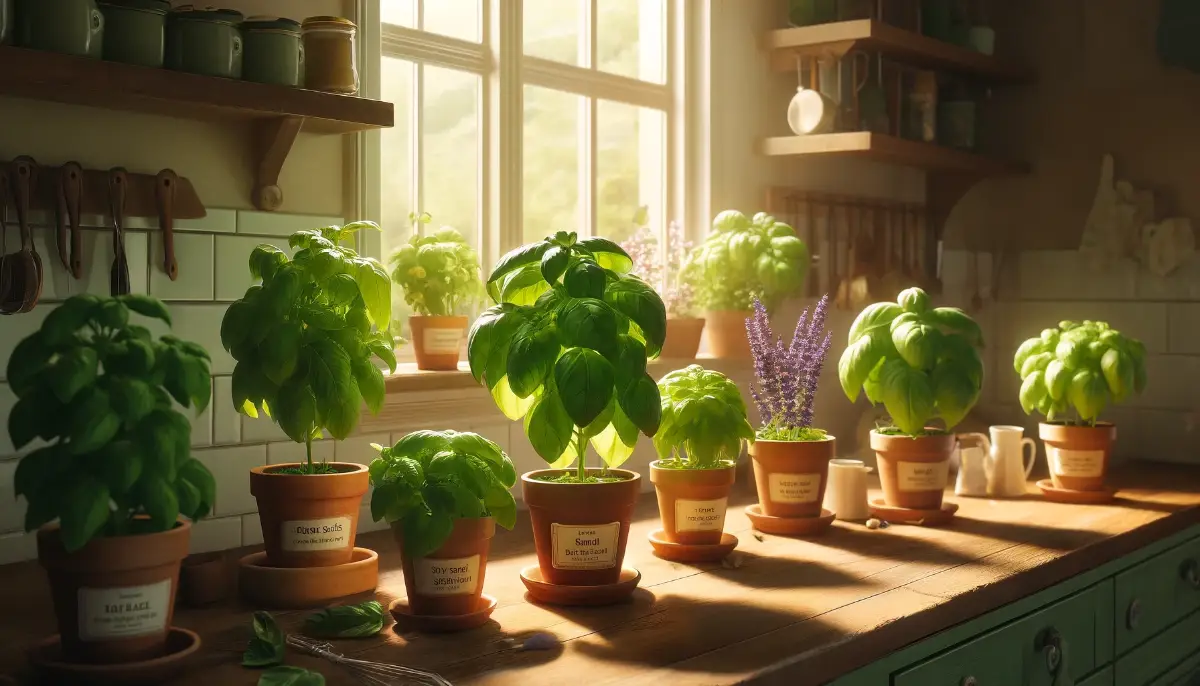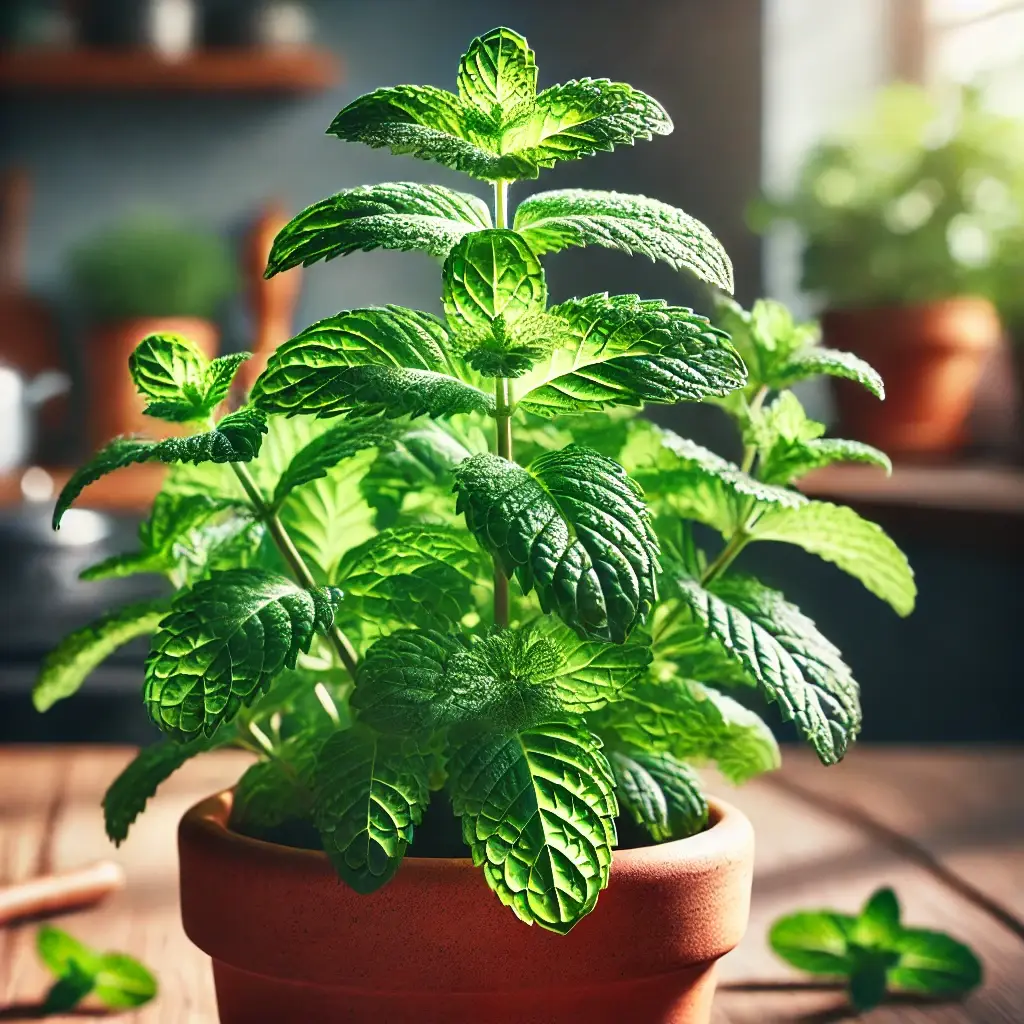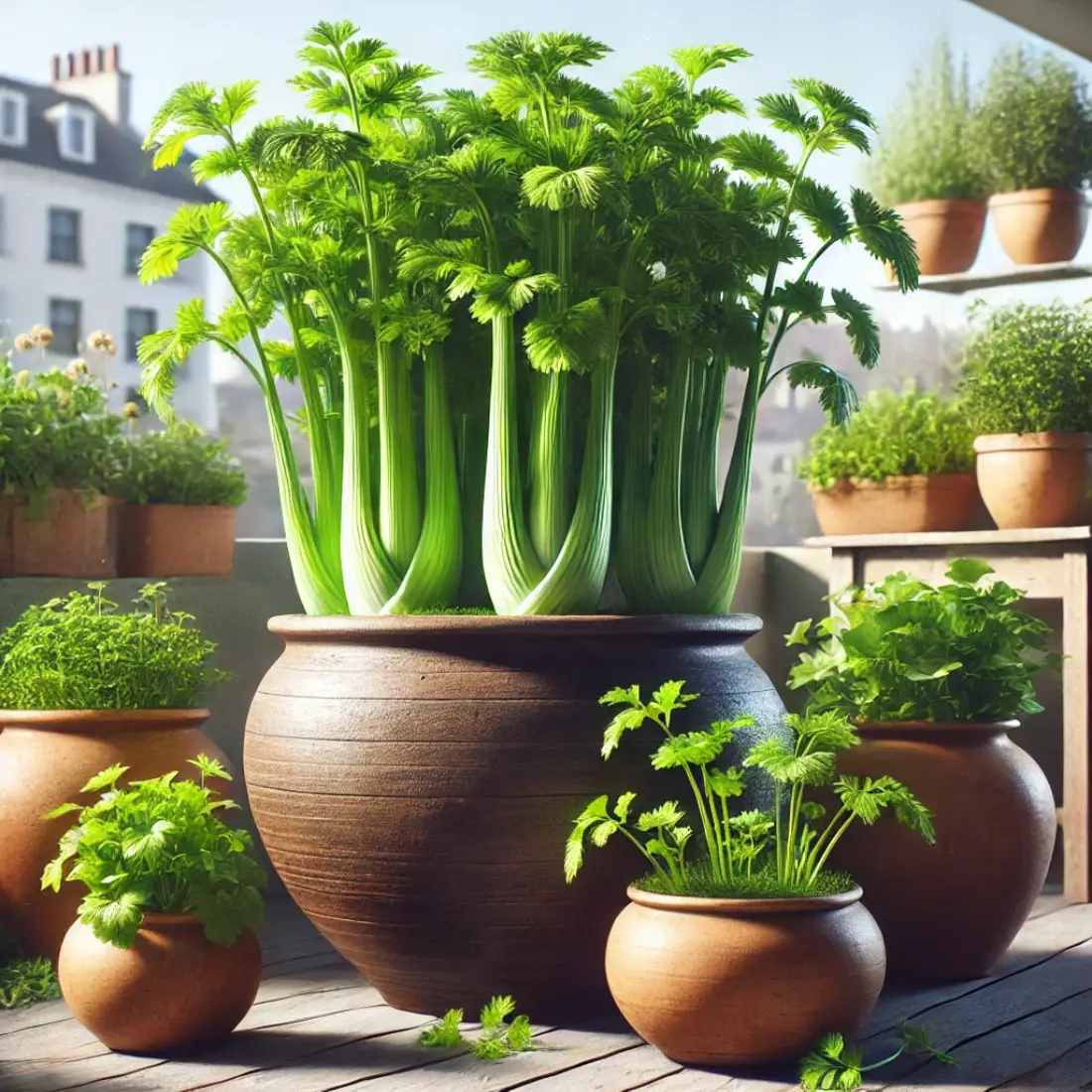Oregano is a versatile and aromatic herb that is a staple in Mediterranean cuisine and beyond. Known for its robust flavor and numerous health benefits, oregano is a must-have in any herb garden.
This hardy plant thrives in various environments, making it suitable for both indoor and outdoor cultivation. With the right care, you can enjoy a bountiful harvest of fresh oregano leaves to enhance your culinary creations year-round.
- Oregano is a low-maintenance herb that thrives in well-drained, slightly alkaline soil.
- It requires 6-8 hours of direct sunlight daily, making it ideal for sunny spots in your garden or a sunny windowsill.
- Oregano can be grown from seeds, cuttings, or transplants, offering flexibility in how you start your plants.
- Regular pruning encourages bushier growth and prevents the plant from becoming leggy.
- Oregano is drought-tolerant but benefits from occasional watering during dry spells.
- Harvesting regularly promotes continuous growth, ensuring a steady supply of fresh oregano for culinary use.
Oregano Varieties and Benefits
Oregano comes in several varieties, each with its unique flavor profile. Greek oregano (Origanum vulgare hirtum) is the most common, known for its strong, peppery taste, ideal for Mediterranean dishes. Italian oregano (Origanum x majoricum) offers a milder, sweeter flavor, perfect for sauces and soups. Mexican oregano (Lippia graveolens), while technically a different plant, has a citrusy note that complements spicy dishes.
Beyond its culinary uses, oregano is packed with health benefits. It’s rich in antioxidants, which help protect the body from free radicals. Oregano also has anti-inflammatory properties and can support digestive health. Incorporating fresh or dried oregano into your diet can enhance flavor while providing valuable nutrients.
Optimal Growing Conditions for Oregano
Oregano thrives in conditions that mimic its native Mediterranean habitat. To ensure optimal growth, choose a location that receives 6-8 hours of direct sunlight daily. Oregano loves the sun, and plenty of light will encourage healthy, flavorful leaves.
Soil is another critical factor. Oregano prefers well-drained, sandy or loamy soil with a slightly alkaline pH of 6.5 to 7.5. Good drainage is essential, as oregano does not tolerate soggy roots. If your soil is heavy or clay-like, consider adding sand or gravel to improve drainage.
Watering should be moderate, oregano is drought-tolerant and prefers its soil on the drier side. Water the plant when the top inch of soil feels dry, and avoid overwatering, which can lead to root rot.
Temperature is also key—oregano grows best in warm conditions, ideally between 60-80°F (15-27°C). It can tolerate slight frost but should be protected during colder months.
How to Plant Oregano
Planting oregano is straightforward, whether you’re starting from seeds, cuttings, or transplants. Here’s how to do it:
Growing Oregano from Seeds
Start by sowing oregano seeds indoors 6-10 weeks before the last frost date. Use a seed tray filled with a light, well-draining potting mix. Sprinkle the seeds on the surface and cover them lightly with soil, as they need light to germinate.
Keep the soil moist but not soggy, and place the tray in a warm spot with plenty of sunlight. Germination usually takes 7-14 days. Once the seedlings are large enough to handle and after the danger of frost has passed, transplant them outdoors or into larger containers.
Growing Oregano from Cuttings
For a quicker start, grow oregano from cuttings. Cut a healthy stem from an established plant, about 4-6 inches long. Remove the lower leaves and place the cutting in a glass of water or directly into a pot filled with moist, well-draining soil.
Keep the cutting in a warm, sunny spot. Roots should develop in 2-3 weeks. Once rooted, transplant the cutting into your garden or a larger pot.
Planting Outdoors or in Containers
When planting oregano outdoors, space the plants 12-18 inches apart to allow for air circulation and growth. If using containers, choose pots with good drainage and at least 12 inches in diameter.
Whether outdoors or in pots, ensure the plants receive full sunlight and water them moderately, allowing the soil to dry out between waterings.
Care and maintenance
Caring for oregano is simple, but keeping your plants healthy requires regular maintenance and attention to potential issues. Here’s how to ensure your oregano thrives:
Watering and Fertilizing
Water only when the top inch of soil feels dry, and avoid overwatering to prevent root rot. If you’re growing oregano in containers, ensure they have good drainage. Oregano doesn’t require much fertilizer, too much can dilute the flavor. A light feeding with a balanced, organic fertilizer in early spring is sufficient.
Pruning and Harvesting
Regular pruning encourages bushier growth and prevents oregano from becoming leggy. Pinch off the tips of the stems regularly, especially before the plant flowers, to keep it compact and full. When harvesting, cut sprigs just above a leaf pair to encourage new growth. Harvest often, as frequent cutting promotes more leaves.
Common Problems and Solutions
Pests: Oregano is relatively pest-resistant, but it can occasionally be affected by aphids, spider mites, or whiteflies. Combat these pests with insecticidal soap or neem oil if infestations occur.
Diseases: Root rot is the most common issue, typically caused by overwatering or poor drainage. Ensure your plants are in well-drained soil and avoid watering excessively.
Yellowing Leaves: This can be a sign of overwatering, lack of sunlight, or nutrient deficiency. Adjust watering practices, ensure adequate sunlight, and consider adding compost to the soil to improve nutrient levels.
FAQs About Growing Oregano
Can oregano be grown indoors?
Yes, oregano can be grown indoors as long as it receives at least 6 hours of direct sunlight daily. Place the plant near a sunny window or under a grow light.
How often should I water oregano?
Water oregano only when the top inch of soil is dry. Overwatering can lead to root rot, so it’s best to let the soil dry out slightly between waterings.
What is the best type of soil for oregano?
Oregano thrives in well-drained, sandy or loamy soil with a slightly alkaline pH between 6.5 and 7.5. Good drainage is essential to prevent root rot.
How do I prune oregano to encourage growth?
Prune oregano regularly by pinching off the tips of the stems. This encourages bushier growth and prevents the plant from becoming leggy. Harvesting frequently also helps.
Can oregano survive the winter?
Oregano is a perennial in warm climates and can survive mild winters. In colder regions, protect it with mulch or grow it in pots that can be brought indoors during frost.
How long does oregano take to grow from seeds?
Oregano seeds typically germinate within 7-14 days. It takes about 3-4 months for the plant to mature enough for harvesting.
What pests commonly affect oregano?
Oregano is generally pest-resistant, but it can occasionally attract aphids, spider mites, or whiteflies. These can be managed with insecticidal soap or neem oil.
Can I grow oregano from cuttings?
Yes, growing oregano from cuttings is an effective method. Simply take a healthy stem cutting, root it in water or soil, and transplant it once it develops roots.
Does oregano need fertilizer?
Oregano doesn’t require much fertilizer. A light application of balanced, organic fertilizer in early spring is sufficient. Over-fertilizing can dilute the flavor of the leaves.
Why are my oregano leaves turning yellow?
Yellowing leaves are usually a sign of overwatering, insufficient sunlight, or nutrient deficiency. Adjust your watering schedule, ensure the plant gets enough light, and consider adding compost to improve soil health.










